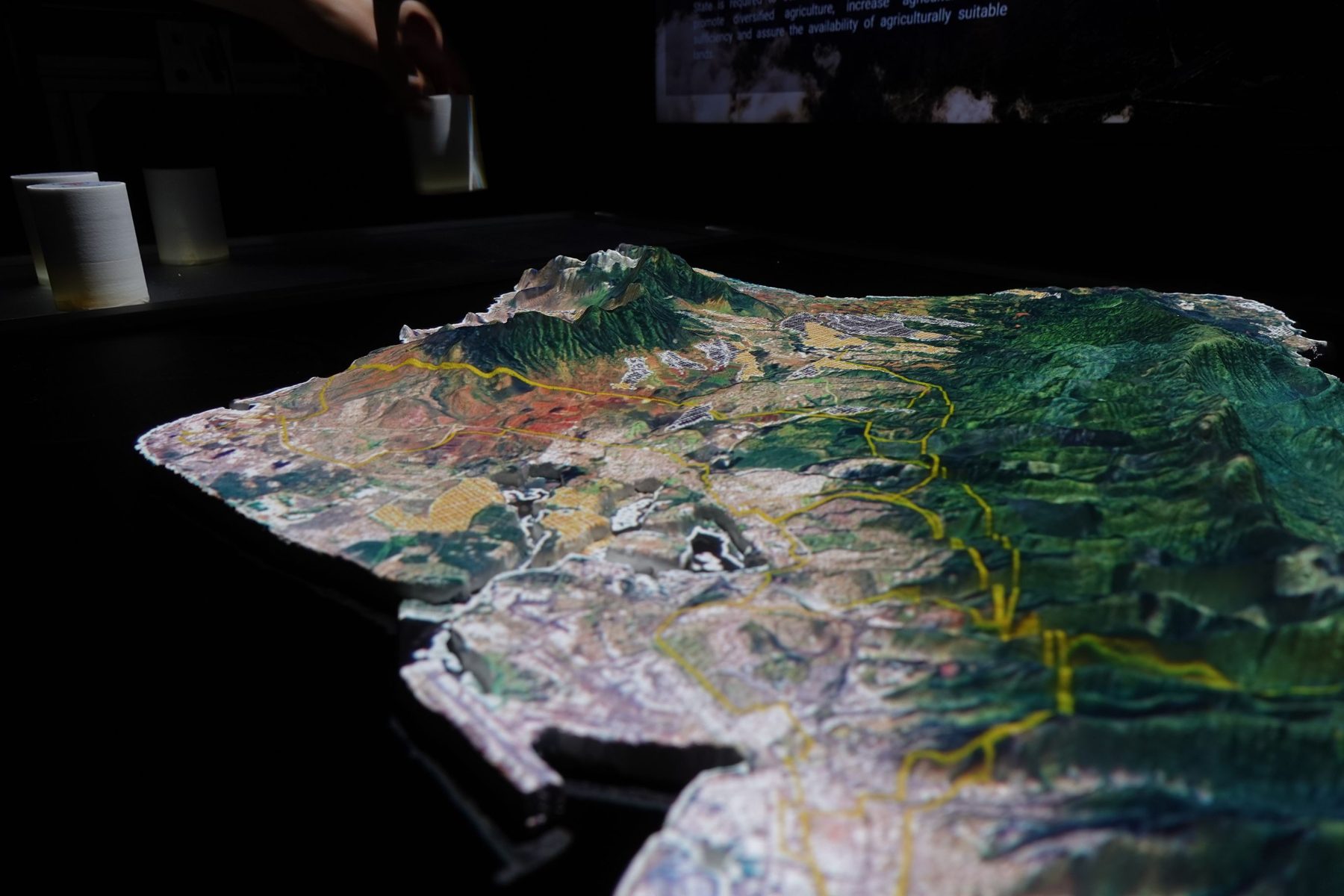
Hawai‘i’S CLEAN ENERGY VISION
Hawai‘i is undergoing a major transformation to move from a state that has been almost completely reliant on imported fossil fuels to one that is powered by clean renewable energy. Beginning in the late 1990s and early 2000s, state leaders began setting big, first-of-their-kind goals to change the course of energy production and delivery. Hawai‘i was the first state to commit to 100% clean renewable energy for electricity, to a net-negative emissions goal, to the Paris Agreement in law and to do our part based on the science and Hawai‘i’s share of the nation’s emissions. Hawai‘i is focusing on high-impact actions and leading by example.
Clean Energy Initiative
The Hawai‘i Clean Energy Initiative renewed Hawai‘i’s commitment to setting bold clean energy goals that include achieving the nation’s first-ever 100 percent renewable portfolio standards (RPS) by the year 2045.
The initiative was launched in 2008, when the State of Hawai‘i and U.S. Department of Energy signed a groundbreaking Memorandum of Understanding to collaborate on the reduction of Hawai‘i’s heavy dependence on imported fossil fuels. To turn that vision into reality, HCEI is transforming the financial, regulatory, legal, and institutional systems that govern energy planning and delivery within the state.
